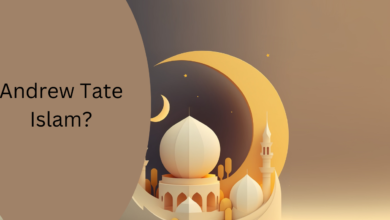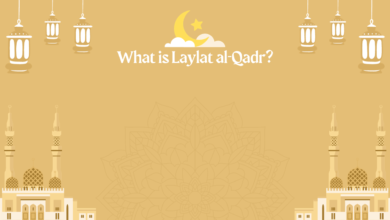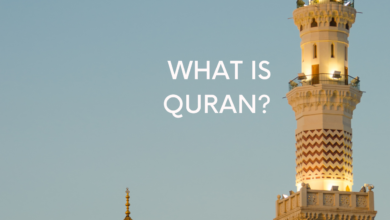How Many Wives Did Prophet Muhammad Saw Have?
Prophet Muhammad's (SAW) Marital Journey: Lessons in Compassion and Inclusivity
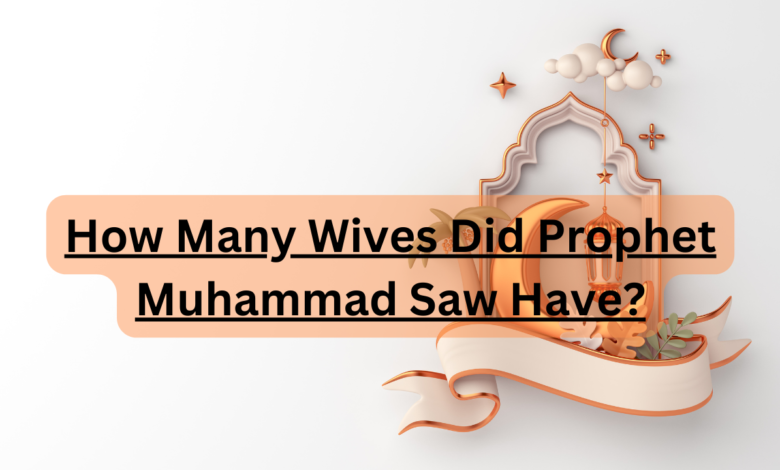
How Many Wives Did Prophet Muhammad Saw Have?
Prophet Muhammad (SAW) had a total of 11 wives during his lifetime.
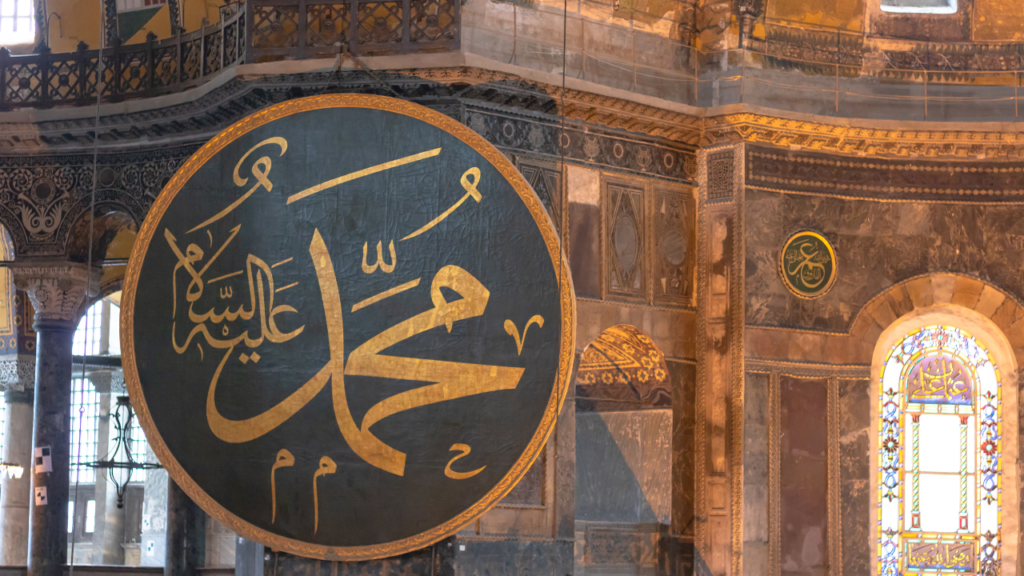
Introduction-How Many Wives Did Prophet Muhammad Saw Have?
Prophet Muhammad (SAW), the founder of Islam and the final prophet in the religion, is a figure of great significance for Muslims around the world. His life and teachings continue to shape the beliefs and practices of over a billion followers. One aspect of the Prophet’s life that often generates curiosity and discussion is his marital life. In this article, we will explore how many wives Prophet Muhammad (SAW) had, the reasons behind his marriages, and the lessons that can be drawn from them.
Also check.

The Marriages of Prophet Muhammad (SAW)
Prophet Muhammad (SAW) had a total of 11 wives throughout his lifetime. These marriages can be categorized into two main groups: pre-Hijrah (before the migration to Medina) and post-Hijrah (after the migration to Medina).
- Khadijah bint Khuwaylid (RA): Khadijah was the first wife of Prophet Muhammad (SAW) and held a special place in his heart. Their marriage lasted for 25 years, and it was during this time that the Prophet received his first revelations from Allah (God) through the Angel Gabriel.
- Sauda bint Zam’a (RA): After the death of Khadijah, the Prophet married Sauda. Her marriage served as a means of offering comfort and support to a widow in a society where widows often faced hardships.
- Aisha bint Abi Bakr (RA): Aisha is one of the most well-known and beloved wives of the Prophet. Her marriage to him took place when she was young, and she played a significant role in narrating many hadiths (sayings and actions of the Prophet) and contributing to Islamic scholarship.
- Hafsa bint Umar (RA): Hafsa was the daughter of Umar ibn Khattab, one of the closest companions of the Prophet. Her marriage helped strengthen the bonds between the Prophet and his companions.
- Zainab bint Khuzaima (RA): Zainab was married to the Prophet after her husband, Abdullah ibn Jahsh, passed away. Her marriage was an example of how the Prophet provided for widows and orphans.
- Umm Salama (Hind bint Abi Umayya) (RA): Umm Salama’s marriage to the Prophet came after her husband’s death during the Battle of Uhud. She is known for her wisdom and advice.
- Zainab bint Khuzaima (RA): This Zainab, also known as Zainab bint Khuzaima II, married the Prophet after the death of her sister, Zainab bint Khuzaima I. Her marriage showcased the Prophet’s compassion and care for widows.
- Juwayriyah bint al-Harith (RA): Juwayriyah’s marriage to the Prophet took place after she was freed from captivity following a military conflict. Her marriage helped solidify peace between the Muslims and her tribe.
- Umm Habiba (Ramlah bint Abi Sufyan) (RA): Umm Habiba, the daughter of Abu Sufyan, was married to the Prophet during his time in Medina. Her marriage helped strengthen the ties between the early Muslim community and the influential Quraysh tribe.
- Safiyya bint Huyayy (RA): Safiyya was a Jewish woman who converted to Islam and married the Prophet after the liberation of her people. Her marriage symbolized the inclusivity of Islam.
- Maymunah bint al-Harith (RA): Maymunah was the last wife of the Prophet. Her marriage took place during a pilgrimage, and it further showcased the Prophet’s commitment to strengthening ties among various tribes and communities.
Lessons from the Marriages of Prophet Muhammad (SAW)
- Compassion for Widows and Orphans: The Prophet’s marriages to widows and his care for orphans emphasize the importance of compassion and support for vulnerable members of society.
- Peace and Reconciliation: Some of the Prophet’s marriages, such as with Juwayriyah and Safiyya, helped foster peace and reconciliation with tribes and communities that were initially opposed to Islam.
- Diversity and Inclusivity: The Prophet’s marriages to women from different backgrounds, including different tribes and a Jewish woman, highlight the inclusivity of Islam and its acceptance of people from diverse backgrounds.
- Guidance through Example: The Prophet’s marital life serves as an example for Muslims on how to conduct themselves within a marital relationship and how to treat their spouses with kindness, respect, and love.
Conclusion
Prophet Muhammad (SAW) had a total of 11 wives during his lifetime. Each of these marriages had its unique context and purpose, ranging from offering support to widows and orphans to fostering peace and reconciliation. The Prophet’s marital life continues to offer valuable lessons for Muslims on compassion, inclusivity, and the importance of maintaining strong family and community ties. It is through a comprehensive understanding of his life that Muslims seek to emulate his exemplary character and teachings in their own lives.
FAQs-How Many Wives Did Prophet Muhammad Saw Have?
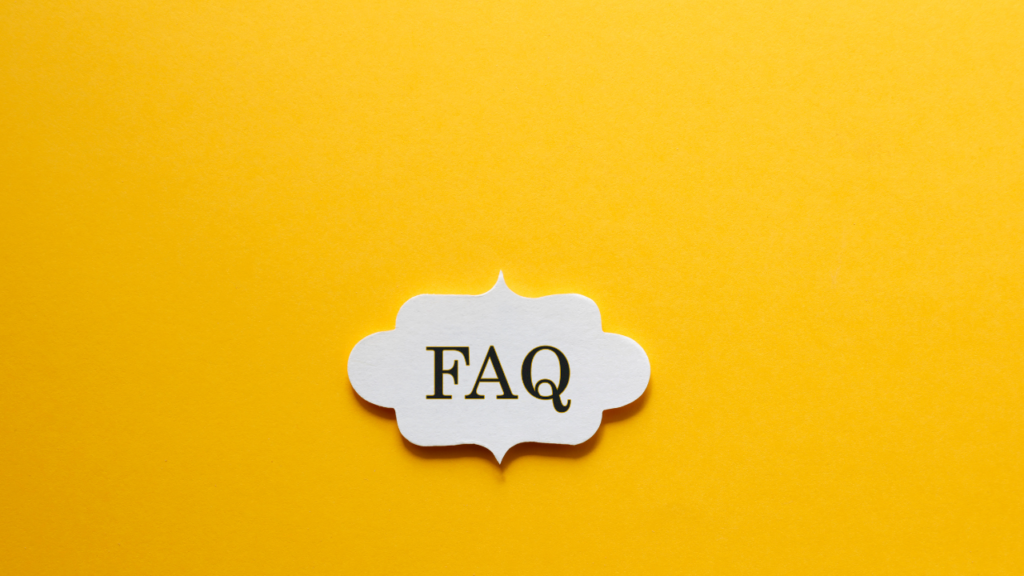
How many wives did Prophet Muhammad (SAW) have?
Prophet Muhammad (SAW) had a total of 11 wives during his lifetime.
Why did Prophet Muhammad (SAW) marry multiple wives?
The reasons for the Prophet’s marriages varied, including offering support to widows and orphans, strengthening ties with influential tribes, and promoting peace and reconciliation.
Who was the Prophet’s first wife, and what was her significance?
Khadijah bint Khuwaylid was the Prophet’s first wife and held a special place in his heart. Their marriage lasted for 25 years, and she was the first person to believe in his prophethood.
How did the Prophet treat his wives?
The Prophet treated his wives with kindness, respect, and love. His marital life serves as an example for Muslims on how to conduct themselves within a marital relationship.
Did the Prophet have any children with his wives?
Yes, the Prophet had children with some of his wives. For example, his daughter Fatimah was born to Khadijah, and he had sons from his later wives.Yes, the Prophet had children with some of his wives. For example, his daughter Fatimah was born to Khadijah, and he had sons from his later wives.
Were all of the Prophet’s marriages monogamous?
No, some of the Prophet’s marriages were polygamous, meaning he had multiple wives simultaneously. However, his marriages were often motivated by social and compassionate reasons.
How did the Prophet’s marriages contribute to the early Muslim community?
The Prophet’s marriages helped strengthen the bonds between the early Muslim community and various tribes, fostering peace, reconciliation, and inclusivity.
What can we learn from the Prophet’s marital life today?
We can learn valuable lessons in compassion, inclusivity, and maintaining strong family and community ties from the Prophet’s marital life. His example serves as a guiding light for Muslims on how to conduct themselves in their own marriages and relationships.

